The Australian Romantic & Classical Orchestra (ARCO) delivered yet another substantial instalment in its five-year concert history. Following on from its last concert, which featured both the Mozart Clarinet Concerto and Beethoven’s Fifth Symphony, we were treated to another concert favourite in the early symphony genre, namely Mozart’s Symphony No 40 in G minor.
With an associated ‘Voyage of Musical Discovery’ seminar discussion in the week following this concert, and rarely heard works from the Mannheim court composers, ARCO’s performance event was once again a perfect example of their mission statement to ‘inspire, educate, enlighten’.
This was a vibrant snapshot of the birth of the symphony and the dazzling Mannheim string effects that impressed eighteenth century audiences. Concluding with the much-loved Mozart No 40 in its HIP (historically informed performance) guise, this was quite the showcase for this orchestra and the early symphony alike.
The close blend resulting from the use of period instruments was powerful in this version, tempo choices were always keen. In addition to brisk tempi, phrasing and articulation helped all works on the programme rocket along in a superb tribute to the eighteenth-century development of the symphony.
The excitement of the Mannheim performance hub impressed the twenty-one year old Mozart and was greatly admired by the public. Centuries later in Sydney, this orchestra vividly recreated the power of orchestral performance for us, introducing us to the fine playing of the original Mannheim ensemble and composers featured there.
ARCO performed the works of Mannheim musicians Stamitz and Richter with keen momentum, crisp, sharp bowing and a broad arsenal of articulation. Played on period instruments with an historically informed approach, ARCO brought us all the excitement of volume changes, motivic effects and the contrasts of what was the newly emerging Mannheim orchestra as well as symphonic structure as a vehicle for showing off their orchestra.
This orchestra is, like its predecessor in Mannheim, gaining a strong reputation as a dynamic and ground-breaking unit. Its Director Rachael Beesley led her fellow HIP experts with clear and dynamic gesture in the driving works of Stamitz and Richter.
This concert also featured the drama of Mozart alongside Mannheim’s symphonic pioneers, with a fresh lightness and solid blend between the period wind, brass and strings. Rachael Beesley continued her charismatic direction as she stepped into the shoes of soloist for Mozart’s Violin Concerto in A major KV 219.
Beesley’s tone and solo lines were nicely woven through the orchestral accompaniment. In this work the chances to exploit moments of slow, restrained emotion and lyricism were seized as the solo violin intensity rose above the orchestra.
Mozart’s Symphony No 40 in G minor reached us through a slick and svelte delivery. As with the Beethoven Symphony No 5 in the previous concert, fresh life and dramatic sense was breathed into this work as the global early music experts assembled were able to find comfortable characterisation, timbral palette and unison voice with which to speak to us.
Especially rewarding was the bold and brusque third movement to this symphony, and the restlessness of the famous opening movement was edge-of-the-seat stuff. The concert title technique of ‘Mannheim Rocket’ to be heard in the finale of this work was explained well by Nicole Van Bruggen in an interesting pre-symphony address.
The Australian Romantic and Classical Orchestra turns its attention from the symphony to later works from the chamber music canon for its next event and workshop. In August this will also be an unmissable series of concerts and educational events as they tour with Mendelssohn and Brahms and will be led by guest director Jakob Lehmann.


